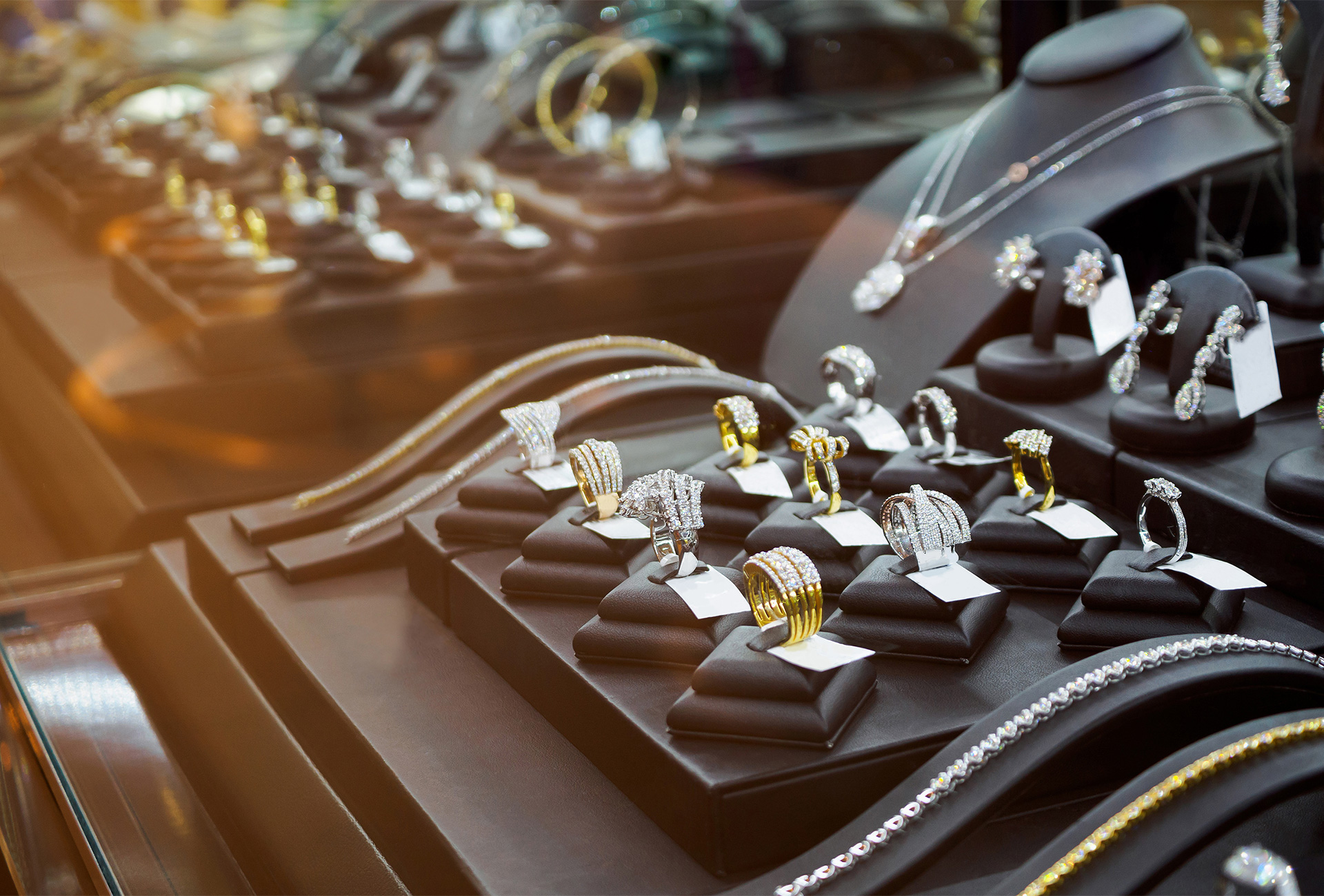Italian seduction hand-in-hand with American allure versus French charm – a possible tagline for the battle of the titans now looming in the global jewellery market. With its buyout of the American Tiffany & Co, which joins the Italian Bulgari in its Watches & Jewelry division, luxury conglomerate LVMH is determined to put the squeeze on the two French brands in the Richemont group, namely Cartier, the market leader, and rising star Van Cleef & Arpels. Earlier this month, it was revealed that Tiffany had attempted to escape LVMH’s clutches by inviting counteroffers, including from investor Warren Buffet. Despite the $128 billion cash pile in his Berkshire Athaway holding company, the wise man of Omaha declined. Having upped its offer to $16.2 billion, LVMH is certain to clinch the deal; Tiffany’s special stockholder meeting to adopt the merger agreement, on February 4th, should be a mere formality.
By bringing Tiffany into the fold, LVMH is getting its hands on a company that is to the US what Hermès is to France.
Observers consider that LVMH, which is making the largest transaction in its history, has pulled off quite an exploit. Firstly, the offer is seen as well within the bounds of reason. It is also being financed by debt, at a time when the group is offering a below 1% interest rate on its bonds. Secondly, by bringing Tiffany into the fold, Bernard Arnault’s mastodon is getting its hands on a company that is to the United States what Hermès is to France: a storied brand inscribed in the country’s cultural history. Thirdly, the brand is midway through repositioning, hence “brand equity and the strength of the image of its iconic 1837 Blue Box are more valuable than the current financials suggest,” according to the analyst Jefferies. None of this has escaped the notice of investors: LVMH shares surged by a jaw-dropping 60.4% in 2019. This was the best performance by any company on the French CAC 40, an index of the 40 largest stocks based on market cap.
Bulgari sets an example
LVMH is worth it, you might say. Prior to the publication of Q419 results at end January, the group is already sitting on a 16% increase in sales for the first nine months, despite worldwide political tensions and despite the size of the company whose 2019 revenues will sail past the €50 billion mark. Right now, it’s the Watch & Jewelry division that’s on its way up. 2019 sales, estimated at €4.5 billion by Vontobel bank, of which €2.5 billion for Bulgari, will combine with Tiffany’s €4 billion. In other words, the Bulgari-Tiffany duo will contribute €6.5 billion to LVMH’s portfolio of 75 brands. Compare this with the €7.1 billion that Cartier and Van Cleef & Arpels make for Richemont, based on figures for the 2018/19 financial year.
Since Bulgari became part of LVMH in 2011, its revenue has doubled and profitability has increased five-fold.
The outlook for growth looks strong for the new duo, judging by Bulgari’s past performance. Since the brand became part of LVMH in 2011, its revenue has doubled and profitability has increased five-fold. Last year was the best in its history, as Chief Executive Jean-Christophe Babin explained in an interview last December to CNN Money Switzerland: “With hindsight, we can say that Bulgari was LVMH’s best acquisition,” he declared. “Bulgari’s success played a large part in leading the group to put the necessary resources into buying Tiffany. This is a fantastic opportunity, not only because Tiffany is such a legendary brand, but also because it is a perfect complement to Bulgari, in particular from a geographic standpoint as Bulgari is strongly established in Asia and Tiffany is a giant in the United States.”
The timing of the buyout is no coincidence. Jewellery is a far brighter star than watches in the luxury sky right now, starting with size. At $150 billion, according to Euromonitor estimates, the jewellery segment is worth three times watches. It is also a fragmented market: brands take a small 25% share of the cake, which leaves considerable potential still to be tapped. And with the current 5% to 7% annual growth expected to continue in the coming years, competitors are getting their ducks in a row. Then it’s a question of who is the strongest swimmer.












